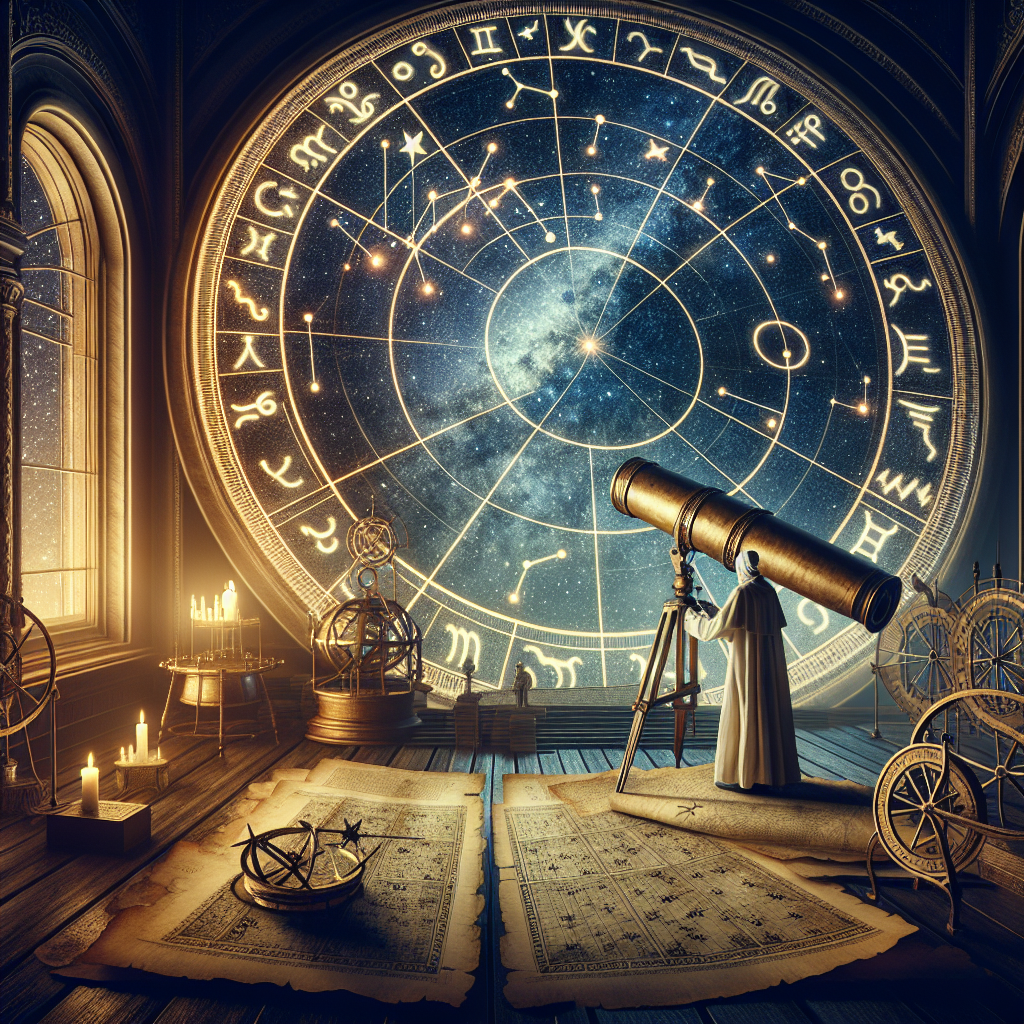Introduction
Astronomy, one of the oldest sciences, is the study of celestial objects such as stars, planets, comets, galaxies, and the universe as a whole. It seeks to understand the nature of these celestial bodies, their motions, and the physical laws governing them. The knowledge of astronomy has evolved over centuries, from ancient civilizations observing the night sky to modern astronomers using advanced telescopes and space probes.
The Solar System
One of the fundamental concepts in astronomy is the solar system, which consists of the Sun, eight planets, moons, asteroids, comets, and other celestial bodies. The planets in our solar system are:
- Mercury
- Venus
- Earth
- Mars
- Jupiter
- Saturn
- Uranus
- Neptune
These planets revolve around the Sun in elliptical orbits due to the Sun’s gravitational pull. The solar system also contains the asteroid belt (between Mars and Jupiter) and the Kuiper Belt (beyond Neptune), which contain numerous small celestial objects.
Stars and Galaxies
Stars
Stars are massive, luminous spheres of plasma held together by gravity. They generate energy through nuclear fusion, converting hydrogen into helium. The Sun is the closest star to Earth and the primary source of energy for life.
Stars are classified based on their size, temperature, and brightness. The Hertzsprung-Russell (H-R) diagram is a tool used to classify stars into different categories, such as:
- Main Sequence Stars (e.g., the Sun)
- Red Giants
- White Dwarfs
- Supernovae (exploding stars)
Galaxies
A galaxy is a vast collection of stars, gas, dust, and dark matter, bound together by gravity. The Milky Way, our home galaxy, is a spiral galaxy containing billions of stars, including the Sun. Other types of galaxies include:
- Elliptical galaxies (smooth, featureless shapes)
- Spiral galaxies (like the Milky Way, with spiral arms)
- Irregular galaxies (without a defined shape)
The Universe and Cosmology
The universe is an immense expanse that includes all matter, energy, galaxies, and cosmic structures. Some key concepts related to the universe include:
- The Big Bang Theory: The leading explanation of the universe’s origin, suggesting it began as a singularity about 13.8 billion years ago and has been expanding ever since.
- Dark Matter and Dark Energy: Mysterious components of the universe; dark matter influences galaxy formation, while dark energy is believed to drive the universe’s accelerated expansion.
- Black Holes: Regions in space with gravitational pull so strong that nothing, not even light, can escape.
Observing the Universe
Astronomers use various tools and techniques to study celestial objects, including:
- Optical Telescopes: Observe visible light from space.
- Radio Telescopes: Detect radio waves emitted by distant celestial objects.
- Space Telescopes: Like the Hubble Space Telescope, which provides clearer images by being above Earth’s atmosphere.
Conclusion
Astronomy is a fascinating field that helps us understand our place in the cosmos. By studying celestial objects and their interactions, we gain insights into the fundamental laws of physics and the history of the universe. With continuous advancements in technology, the future of astronomy holds exciting possibilities for discovering new worlds and unraveling cosmic mysteries.

